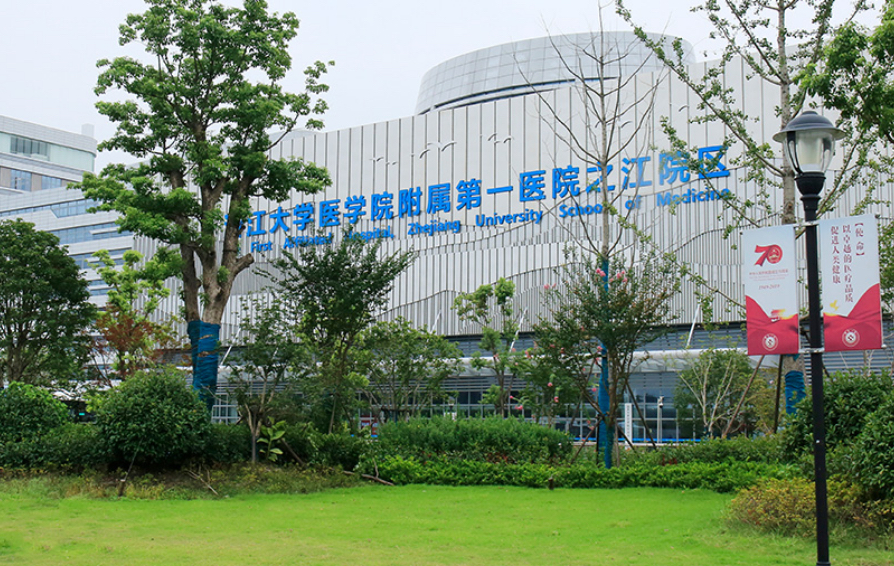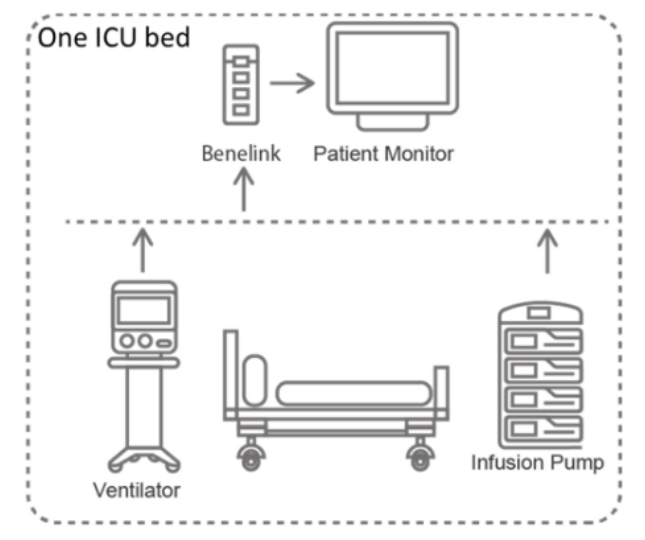Behind the “3-Zero Miracle” of FAHZU: A safer hospital environment powered by Mindray M-Connect IT Solution for critical care

After a long flight spanning 5,648 miles, the arrival of the medical team from the First Affiliated Hospital, Zhejiang University School of Medicine (FAHZU) boosted the spirits of medical staff at Luigi Sacco Hospital, an important reference center for epidemiological emergencies and infectious diseases in Italy.
Luigi Sacco Hospital was one of the first hospitals to diagnose and admit COVID-19 patients in the local region. As the virus evolved and spread rapidly across the country, the hospital’s staff were keen to leverage the experience from China in battling COVID-19 and controlling infection rates.
The FAHZU medical team spent two weeks in Italy since March 18th of 2020, sharing their first-hand experience and knowledge with Luigi Sacco and other local hospitals, as well as the Milan Health Department. What the team was particularly admired for was its “3-Zero Miracle”, created by the FAHZU medical staff.

“3-Zero Miracle” of FAHZU
FAHZU is the first and most important provincial hospital designated for emergency medical treatment of COVID-19 in Zhejiang Province, China. Since the outbreak, FAHZU Zhijiang Campus, one of the hospital’s new campuses opened in November of 2019, was designated to take in the most severe cases in the region.
Despite 75.2% of the infected patients admitted to FAHZU Zhijiang Campus during the outbreak being critical or severe cases, the hospital achieved zero infections amongst medical staff, zero suspected cases missed, and zero COVID-19 patient deaths - this was deemed the “3-Zero Miracle”.
Two successful lung transplantations for COVID-19 cases also happened here: one was a 66-year-old patient, and the other was 70 years old.

Rapid IT setup of FAHZU Zhijiang Campus
To take in patients as early as possible, FAHZU Zhijiang Campus was required to quickly deploy all necessary resources to set up the new facility from scratch. The timing of the situation in the initial stage was challenging: in late January of 2020, the Chinese New Year holiday had begun, so major freight transport was almost at a standstill; the IT infrastructure in the new branch was yet to be complete; and different devices were not yet able to co-exist in one monitoring system.
FAHZU’s clinical team urged all patient data from ventilators, patient monitoring systems, infusion pumps, EMRs, PACS and laboratories to be viewed in one system. Also, the IT system had to meet the need for isolation, continuous monitoring and data integration.
By collaborating with Mindray, the hospital redesigned their IT system. “We have chosen the right solution at the right point,” said Jun Zheng, Deputy Director of Medical Engineering Department at FAHZU, speaking of the cooperation with Mindray.
Rather than the traditional central monitoring system that is based on a small LAN, Mindray chose to set up a hospital-wide integrated central monitoring system that allowed all bedside devices, including patient monitors, ventilators and infusion pumps in different departments, to be connected directly to the hospital’s IT system. In this way, patient information could be accessed by the medical team anywhere, and at any time.

Knowing that the solution needed to be in place quickly to ensure early treatment for patients, Mindray engineers rapidly responded to the request and customized a plan to adapt to the hospital’s clinical needs. In 2 days, the ICU and sub-acute wards were set up with a new patient monitoring system, allowing caregivers to monitor all patients from outside the isolation wards. In the following 7 days, a hospital-wide integrated information system was put into effect, enabling a more effective clinical workflow and safer hospital environment for both patients and medical staff.
Protection of medical staff
FAHZU divided the working area in their Zhijiang Campus into three areas: isolation area, semi-isolation area and clean area. Critical COVID-19 patients were placed in the isolation ICU that occupied the 3rd and 4th floor of the hospital’s No.5 building. To protect themselves from virus transmission, medical staff had to change their protective gowns every time they moved from one floor to the other to take care of different patients. However, the hospital was short of PPE and constantly changing protective gowns was both risky and cumbersome.
To address this, Mindray’s comprehensive central monitoring system was employed to allow doctors to view every patient’s real-time status change and physiological trends of the last 10 days at their offices via the interlinked BeneVision WorkStation. This system prevented them from having to change gowns and the risk of cross-infections while moving in and out of the isolation areas.

WorkStations were also placed at two nurses’ stations in the semi-isolation area, providing audible and visual alarms for nurses who had to wear goggles all day long. This allowed them to easily recognize the alarms and quickly respond to patient deterioration. Smoothly connected with bedside monitors, these WorkStations created an interoperable system that allowed nursing staff to simply adjust bedside monitor settings from outside the units.
Without the need to be in close contact, nursing staff at FAHZU Zhijiang Campus were able to continuously monitor their patients in a safer environment.
Integration of all patient data
Many of the severe COVID-19 cases were elderly patients with other chronic diseases, who often required complex therapies and multi-disciplinary care. The physical condition of this group could change at any point. High data visibility of all kind, including medical history, PACS information, CT results and real-time physiological status, was extremely important for doctors to enable them to assess their conditions and tailor the appropriate treatments.
The patient monitoring system in FAHZU Zhijiang Campus was integrated with its clinical information system, enabling all clinical data available for isolation areas and clean areas via the iView interface. In this way, caregivers could view patients’ CT and other test reports on a 22-inch high-resolution screen of BeneVision N22 patient monitors.
Powered by the BeneLink module, other medical devices such as ventilators, infusion pumps were also interlinked with bedside monitors. The real-time measurement data, waveforms, and alarms from these devices can all be accessed from Mindray monitors and central monitoring systems.


In addition, every staff member’s mobile phone was equipped with the MobileViewer software, allowing them to keep track of their patient’s status and review previous events when they were on the move. Critical care experts could also easily organize consultation meetings at different locations by using the MobileViewer to help with the treatment of complicated cases.
An ICU doctor at FAHZU commented, “This system is very advanced. It’s like putting a PC into a patient monitor. By integrating all patient data, we’re able to identify patient deterioration and intervene as early as possible. It makes us more confident.”
In the last few months, Mindray’s customized M-Connect IT solutions have been playing a critical role in helping the First Affiliated Hospital, Zhejiang University School of Medicine achieve an efficient, flexible and gap-free workflow. Data visibility and high connectivity of the hospital’s new IT system empowered its frontline caregivers to make informed clinical decisions and deliver patient-centric care in a safer environment.
